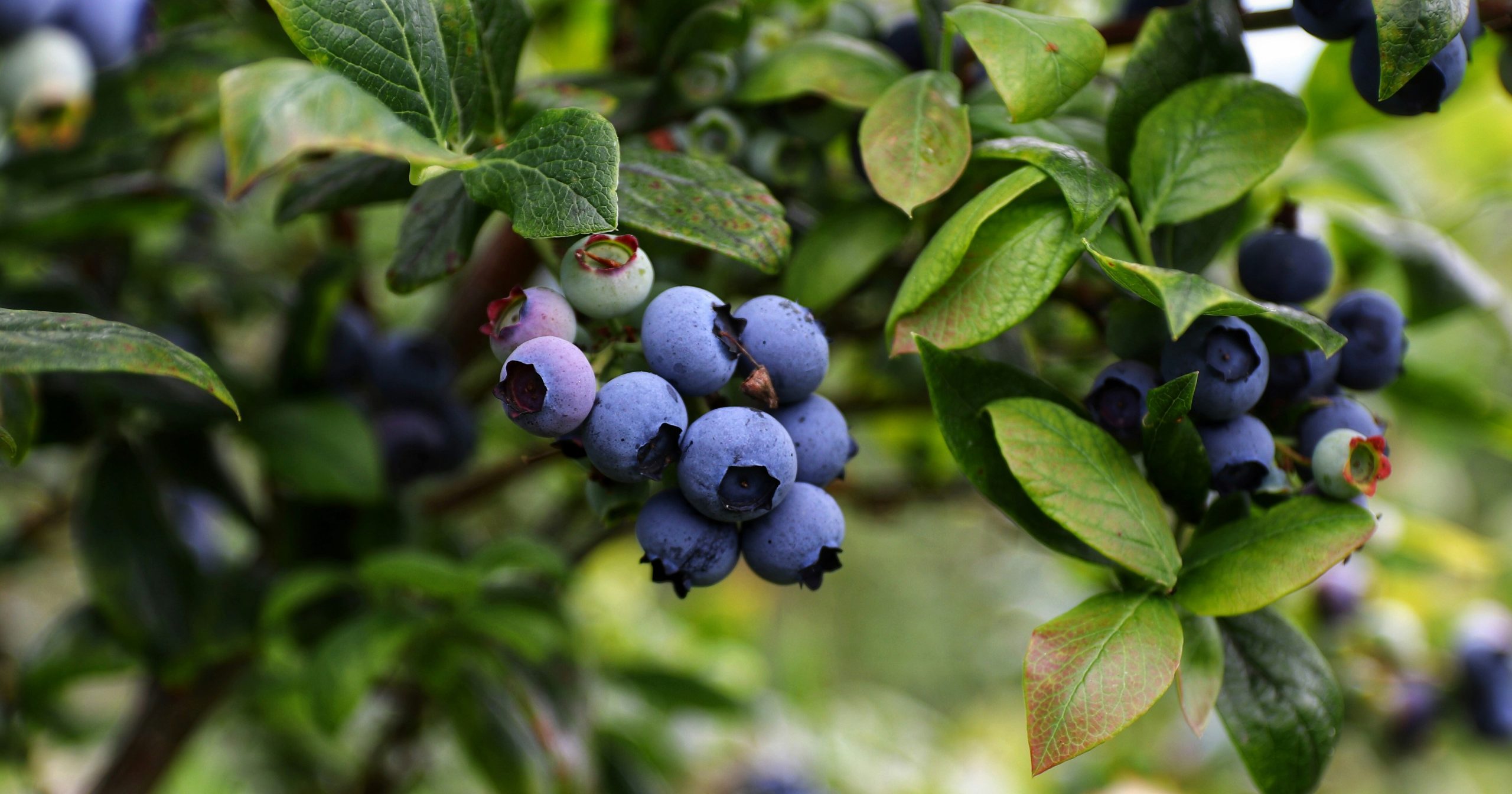Welcome to the world of vibrant colors, delicate petals, and awe-inspiring aerial acrobatics as we delve into the art of planting flowers that attract hummingbirds. Imagine your garden transformed into a delightful oasis, alive with the enchanting flutter of these tiny winged wonders. Hummingbirds, with their iridescent feathers and boundless energy, are nature’s jewels that bring a touch of magic to any outdoor space.
As we delve into the intricate relationship between hummingbirds and their favorite blooms, you’ll learn how to create an inviting haven that not only nourishes these delightful creatures but also enhances the beauty and biodiversity of your garden. Whether you’re an avid gardener, bird enthusiast, or simply captivated by the wonders of nature, this article is your guide to orchestrating a symphony of life and color in your backyard.
The native range of hummingbirds
Ensuring that hummingbirds inhabit your area before planting flowers to attract them is essential for creating a thriving and harmonious habitat. Hummingbirds have diverse native ranges across the Americas, encompassing various climates and regions. Before embarking on your gardening journey, it’s crucial to understand whether hummingbirds are present in your locality and which species may be prevalent.
- North America: Hummingbirds are found throughout the United States, Canada, and Mexico. They inhabit diverse habitats, including forests, woodlands, deserts, and coastal areas.
- Central America: Hummingbirds are prevalent in countries such as Guatemala, Honduras, El Salvador, Nicaragua, Costa Rica, and Panama. Central America is known for its rich hummingbird diversity due to the region’s wide range of ecosystems.
- Caribbean Islands: Several hummingbird species are native to the Caribbean islands, including Puerto Rico, Jamaica, Cuba, Hispaniola, and Trinidad and Tobago.
- South America: Hummingbirds have an extensive presence in South America, ranging from Colombia, Venezuela, and the Guianas in the north to Argentina and Chile in the south. The Andes mountain range is home to numerous hummingbird species, with some found at elevations over 15,000 feet (4,500 meters).
- Ecuador and Peru: These countries, particularly the cloud forests, are famous for their exceptional hummingbird diversity.
- Brazil: Hummingbirds are widespread across the Amazon rainforest and other regions of Brazil.
- Bolivia: Bolivia is home to numerous hummingbird species, particularly in its diverse Andean habitats.
- Argentina: In addition to the Andean regions, hummingbirds can be found in various parts of Argentina, including the subtropical forests of the northeast.
The exact species of hummingbirds present in each region may vary, depending on the local climate, vegetation, and elevation. Some species are migratory and may travel long distances between their breeding and wintering grounds, while others are resident in specific areas year-round.
Understanding the native range of hummingbirds is crucial for planning conservation efforts, creating wildlife-friendly gardens, and ensuring that these marvelous birds continue to thrive in their natural habitats.
Why attract hummingbirds?
Attracting hummingbirds to your yard offers numerous benefits and adds a touch of wonder to your outdoor space. Here are some compelling reasons why you might want to welcome these delightful winged visitors:
Natural Beauty: Hummingbirds are incredibly beautiful and captivating creatures. Their iridescent feathers, graceful flight, and energetic movements add a touch of natural beauty to any garden or yard.
Pollination: Hummingbirds are efficient pollinators. As they visit flowers for nectar, they inadvertently transfer pollen from one flower to another, aiding in the reproduction of many plant species.
Garden Health: By attracting hummingbirds, you can help maintain a healthier and more balanced ecosystem in your yard. A diverse array of flowering plants often attracts other pollinators, beneficial insects, and birds, promoting biodiversity and ecological stability.
Educational Opportunity: Watching hummingbirds up close provides an excellent educational opportunity, especially for children. Observing their behavior, feeding patterns, and migration habits can foster a greater appreciation for nature and the environment.
Entertainment: Hummingbirds are highly entertaining to watch. Their acrobatic flight, territorial displays, and aerial battles with other birds can provide endless amusement for you and your family.
Stress Relief: Creating a welcoming environment for hummingbirds can be a stress-relieving and calming activity. Gardening and bird-watching have been known to reduce stress and promote relaxation.
Contribution to Conservation: Some hummingbird species are facing habitat loss and other challenges. By providing a hospitable environment for these birds, you can play a small but meaningful role in their conservation and protection.
Photography Opportunities: If you enjoy photography, attracting hummingbirds to your yard can offer excellent opportunities to capture stunning images of these fast and elusive creatures.
Symbolic Meaning: In various cultures, hummingbirds are associated with positive qualities such as joy, love, resilience, and endurance. Their presence in your yard can bring a sense of symbolism and positivity.
Gardening Rewards: Choosing plants that attract hummingbirds often leads to a well-designed and visually appealing garden. Their preferred flowers often boast striking colors and unique shapes, enhancing the overall aesthetics of your outdoor space.
In conclusion, attracting hummingbirds to your yard brings joy, beauty, and ecological benefits. It fosters a deeper connection with nature and offers a rewarding experience that enriches your outdoor environment for both you and these enchanting little visitors.
Perennial flowers that attract hummingbirds
From vibrant Bee Balm to elegant Coral Honeysuckle, these perennial beauties not only add splashes of color and fragrance to your garden but also serve as alluring nectar sources, enticing hummingbirds to dance and sip amidst the floral wonders. Join us as we delve into the captivating realm of these perennial treasures that create a harmonious haven for both garden enthusiasts and the charming hummingbirds alike.
- Bee Balm (Monarda) – With its vibrant red, pink, or purple blooms, Bee Balm is a hummingbird magnet, offering a nectar-rich treat.
- Cardinal Flower (Lobelia cardinalis) – The striking scarlet flowers of the Cardinal Flower act as a beacon, drawing hummingbirds from afar.
- Trumpet Vine (Campsis radicans) – The fiery orange, trumpet-shaped flowers of Trumpet Vine irresistibly tempt hummingbirds for a taste.
- Coral Honeysuckle (Lonicera sempervirens) – Hummingbirds adore the coral-red tubular flowers of this vine, providing a delectable nectar source.
- Salvia (Salvia spp.) – A hummingbird favorite, Salvia’s tubular blossoms in various colors offer a steady supply of nectar.
- Fuchsia (Fuchsia spp.) – With its pendulous, vividly hued flowers, Fuchsia beckons hummingbirds, inviting them to indulge in its nectar-filled blooms.
- Columbine (Aquilegia spp.) – The unique shape of its blossoms, resembling little bird feeders, makes Columbine a go-to for hummingbirds seeking nectar.
- Red Hot Poker (Kniphofia uvaria) – Standing tall with spikes of fiery flowers, Red Hot Poker attracts hummingbirds with its striking appearance and sweet nectar.
- Scarlet Sage (Salvia coccinea) – Hummingbirds can’t resist the allure of Scarlet Sage’s vibrant red flowers, providing a feast of nectar for their delight.
- Bleeding Heart (Dicentra spp.) – The charming, heart-shaped blooms of Bleeding Heart draw hummingbirds with their dainty beauty and nectar rewards.
- Lupine (Lupinus spp.) – Tall spires of colorful Lupine flowers offer an enticing dining experience for hummingbirds searching for a nectar-rich feast.
- Agastache (Agastache spp.) – The long, tubular flowers of Agastache, in hues of purple, pink, or orange, act like hummingbird magnets in the garden.
- Hollyhock (Alcea rosea) – The towering presence of Hollyhock, adorned with its large blooms, provides a welcoming buffet for hummingbirds.
- Foxglove (Digitalis spp.) – Hummingbirds are lured by the tall spikes of Foxglove’s tubular flowers, which offer a generous supply of nectar.
- Penstemon (Penstemon spp.) – The abundance of tubular blossoms in various colors makes Penstemon a popular choice for attracting hummingbirds.
- Coral Bells (Heuchera spp.) – Hummingbirds are drawn to the delicate, bell-shaped flowers of Coral Bells, which provide a delightful nectar reward.
- Beardtongue (Penstemon spp.) – The tubular blooms of Beardtongue make it a sought-after source of nectar for hummingbirds visiting the garden.
- Butterfly Bush (Buddleja spp.) – As the name suggests, this shrub is a favorite of butterflies and hummingbirds alike, thanks to its abundant nectar.
- Joe Pye Weed (Eutrochium spp.) – The large, feathery flowers of Joe Pye Weed act as a beacon for hummingbirds, beckoning them with their ample nectar.
- Japanese Honeysuckle (Lonicera japonica) – Despite its invasive tendencies, hummingbirds can’t resist the allure of Japanese Honeysuckle’s sweet-scented flowers.
These perennial flowers will not only add beauty to your garden but also attract and sustain the delightful presence of hummingbirds throughout the seasons.
Annual flowers that attract hummingbirds
In this section, we will embark on a journey through a vibrant tapestry of fleeting blooms that hold a special allure for these tiny, energetic visitors. From the classic charm of Petunias to the cheerful splendor of Zinnias, these annual wonders bloom for a season, but their ability to entice hummingbirds is timeless.
- Petunia (Petunia spp.) – These popular annuals produce abundant trumpet-shaped blooms that hummingbirds find irresistible.
- Zinnia (Zinnia spp.) – Hummingbirds are drawn to the bright and colorful zinnia flowers, which offer a sweet nectar treat.
- Verbena (Verbena spp.) – The tiny, fragrant flowers of verbena provide a delightful nectar source, attracting hummingbirds.
- Nasturtium (Tropaeolum spp.) – The edible and vibrant flowers of nasturtium offer a double delight, enticing both hummingbirds and garden enthusiasts.
- Four O’Clock (Mirabilis jalapa) – The blooms of four o’clock open in the late afternoon, attracting hummingbirds just in time for a sip.
- Morning Glory (Ipomoea spp.) – Early-rising hummingbirds find morning glory’s colorful trumpet-shaped flowers a perfect morning energy boost.
- Black-Eyed Susan (Rudbeckia spp.) – Hummingbirds are drawn to the golden-yellow petals with dark centers of black-eyed susans during the summer.
- Cosmos (Cosmos spp.) – These daisy-like flowers provide abundant nectar, making them a favorite stop for hummingbirds.
- Lantana (Lantana camara) – The clusters of colorful lantana flowers create an irresistible nectar oasis for hummingbirds.
- Sunflower (Helianthus spp.) – The large and striking blooms of sunflowers not only attract bees but also hummingbirds seeking nectar.
- Sweet Alyssum (Lobularia maritima) – Despite its small size, sweet alyssum offers a sweet reward, enticing hummingbirds to stop by.
- Mexican Sunflower (Tithonia rotundifolia) – Hummingbirds are drawn to the vibrant orange blooms of the Mexican sunflower, filled with nectar.
- Nicotiana (Nicotiana spp.) – The tubular flowers of nicotiana are a hummingbird magnet, especially during the evening hours.
- Snapdragon (Antirrhinum majus) – Hummingbirds are easily enticed by the tubular shape of snapdragon flowers, offering easy access to nectar.
- Calendula (Calendula officinalis) – These cheerful blooms provide a nectar-rich feast for hummingbirds and other pollinators.
- Lobelia (Lobelia erinus) – With its small, delicate flowers, lobelia acts as a beacon for hummingbirds seeking a quick nectar fix.
- Celosia (Celosia spp.) – The eye-catching plumes and bright colors of celosia are irresistible to hummingbirds.
- Sweet Pea (Lathyrus odoratus) – The sweet fragrance and pastel colors of sweet pea flowers attract hummingbirds and other pollinators.
- Ageratum (Ageratum houstonianum) – Hummingbirds are drawn to the fluffy, blue or pink flower clusters of ageratum.
- Marigold (Tagetes spp.) – The vibrant and cheerful marigold blooms provide a nectar-rich buffet, attracting hummingbirds to the garden.
By incorporating these annual flowers into your garden, you’ll create a delightful haven for hummingbirds, filling your space with their charm and energy throughout the growing season.













